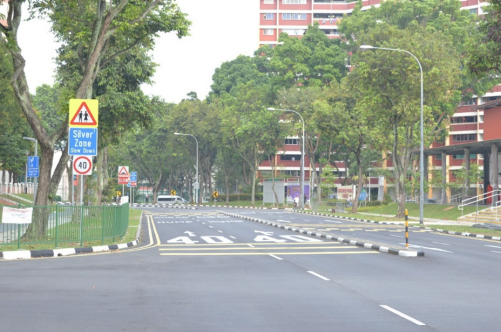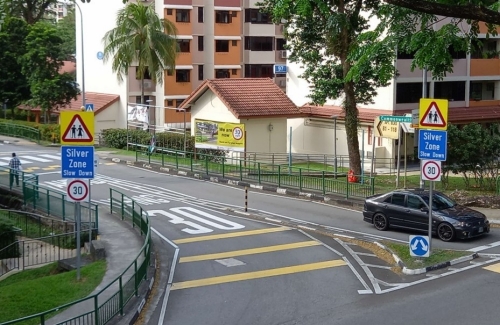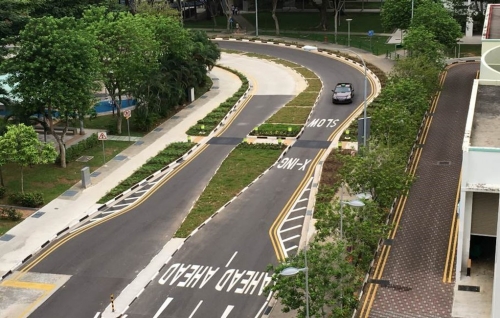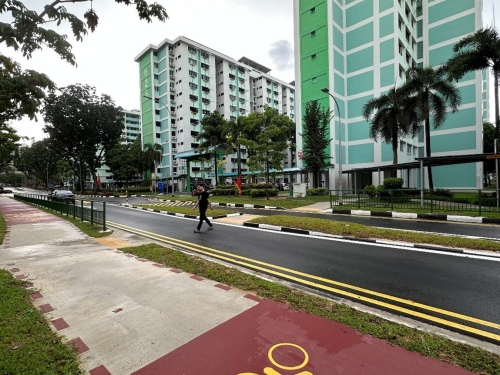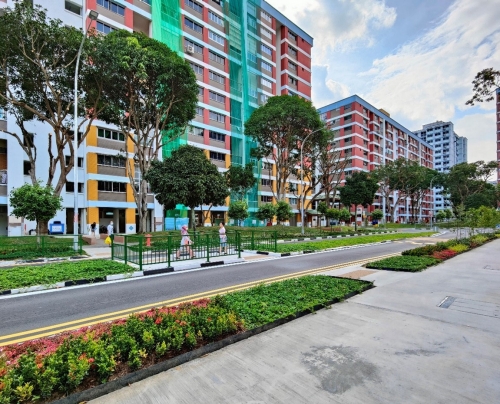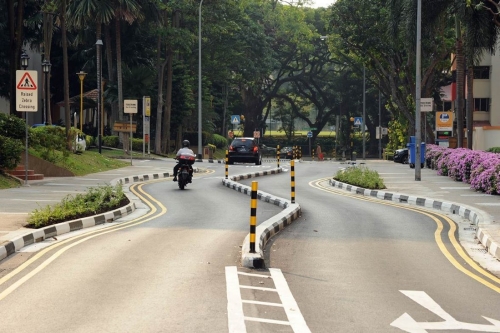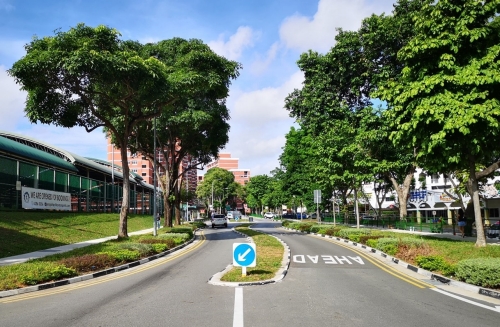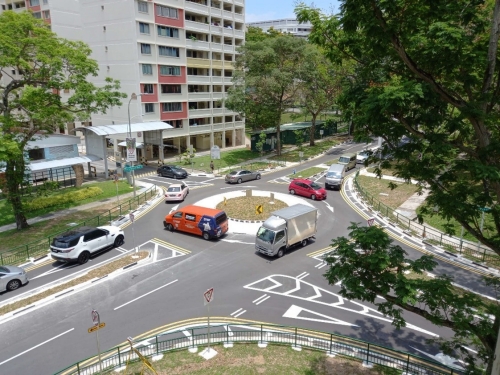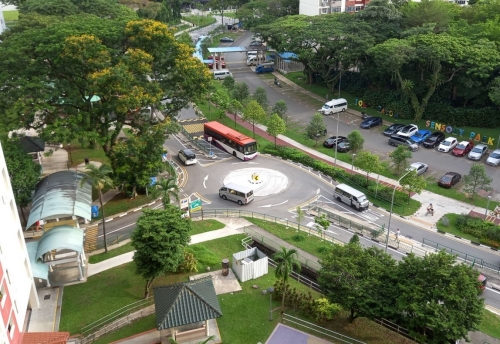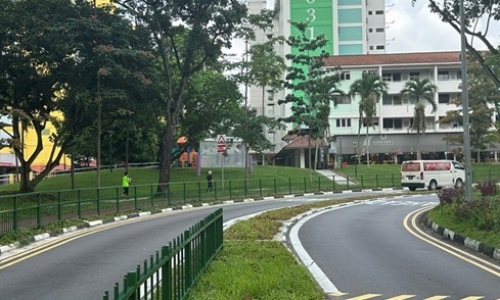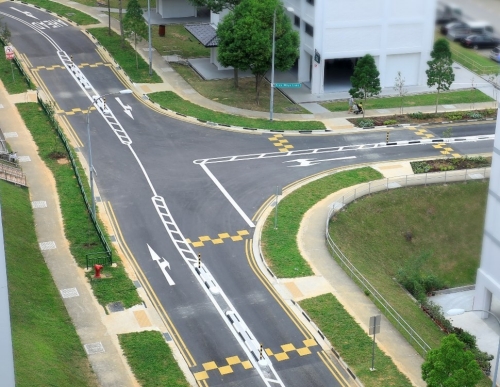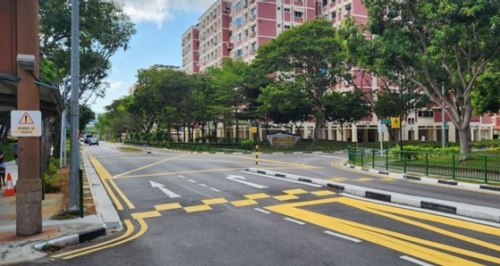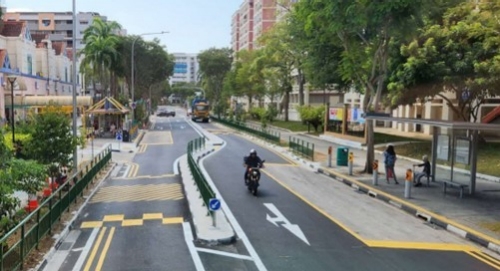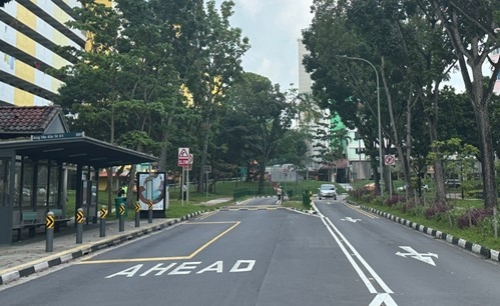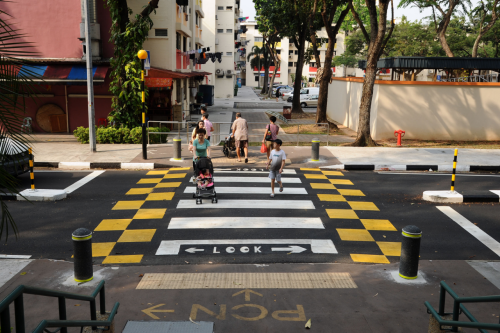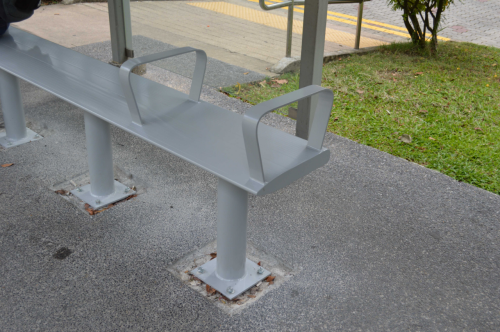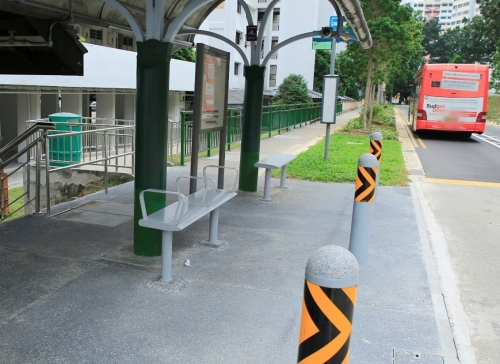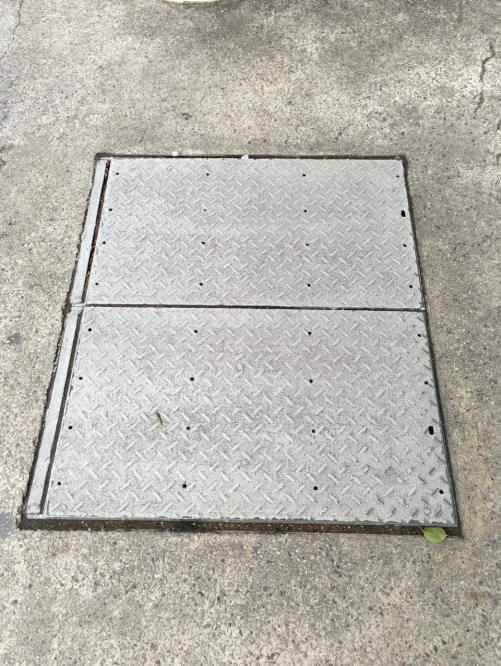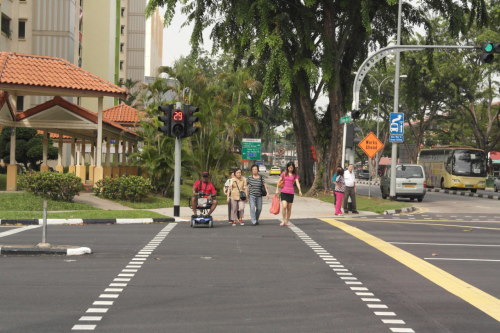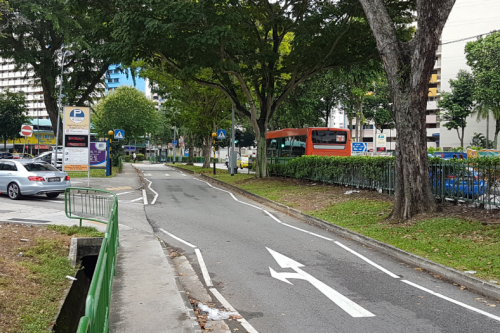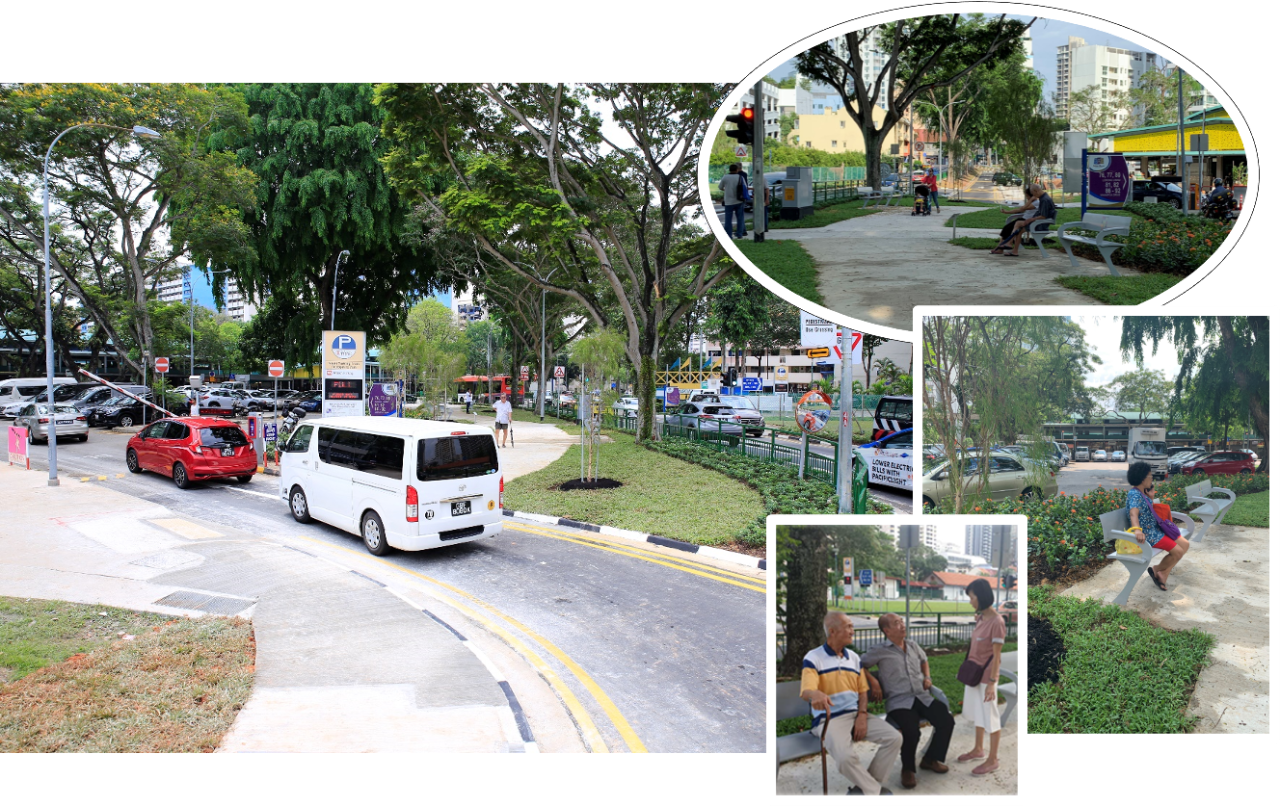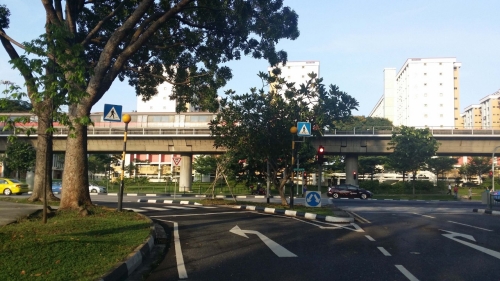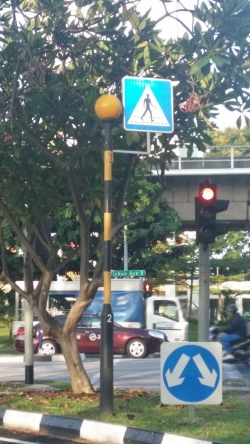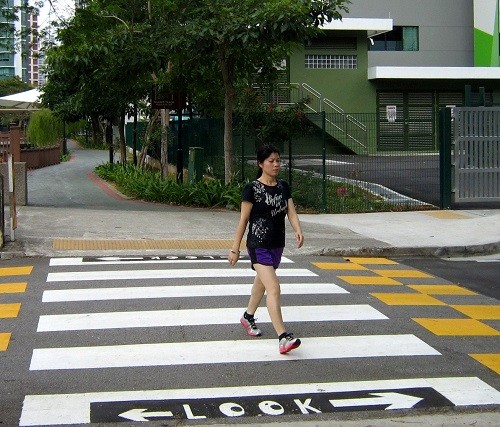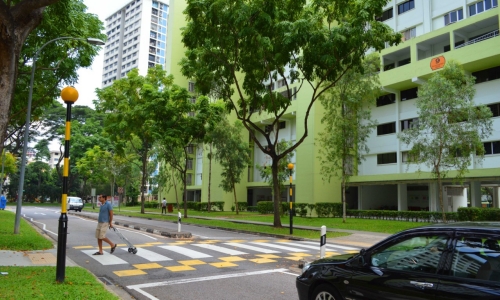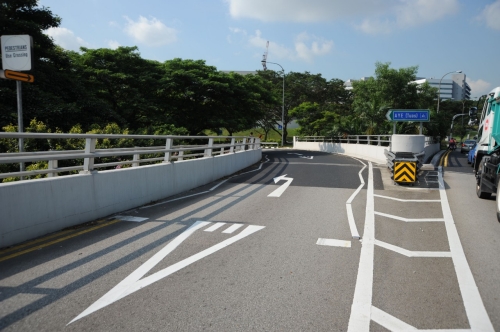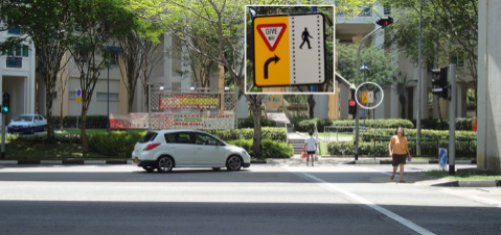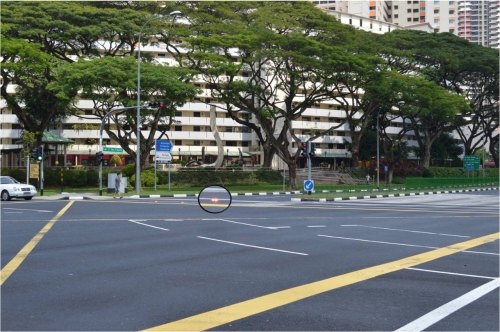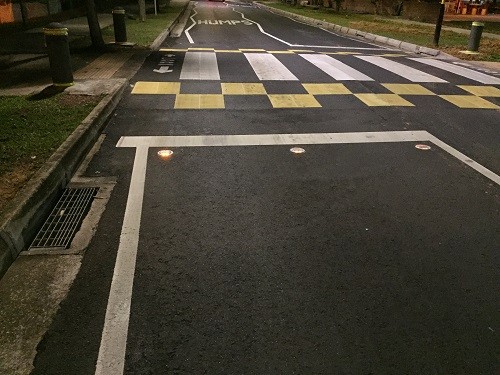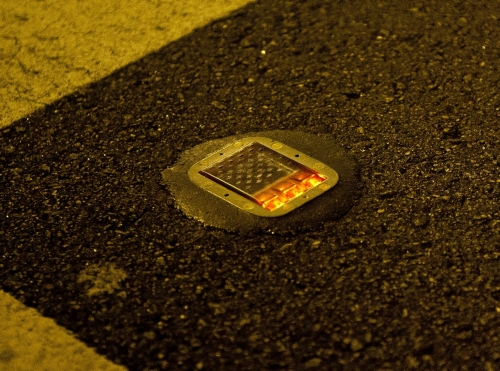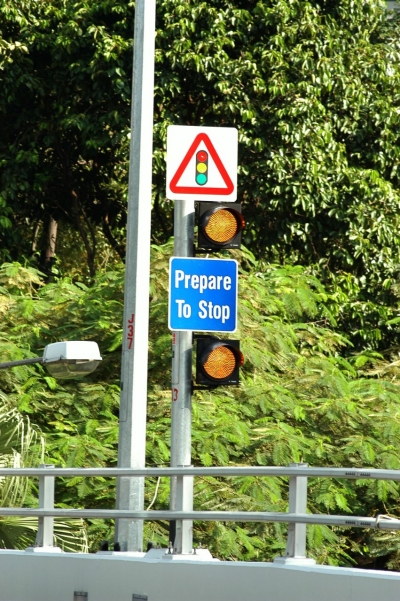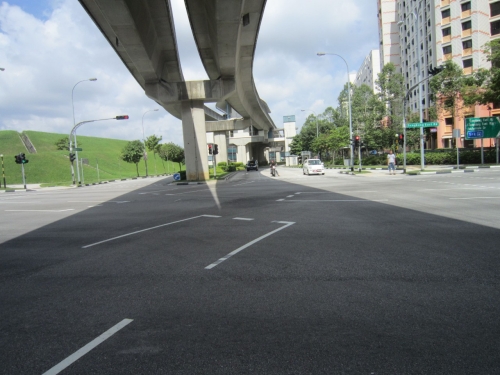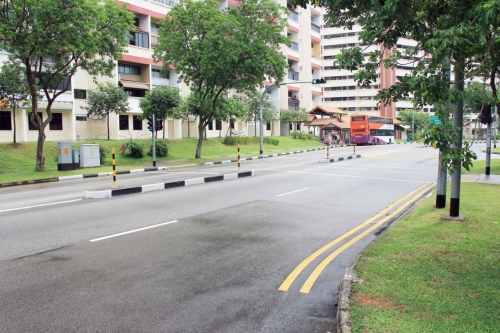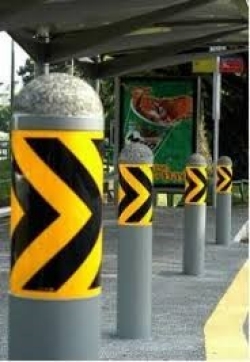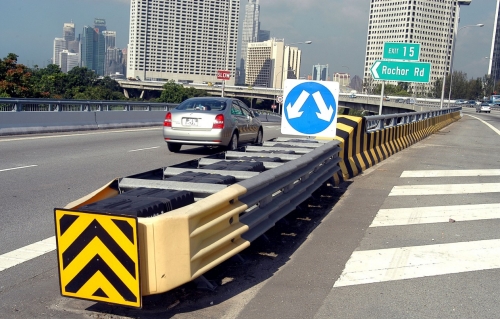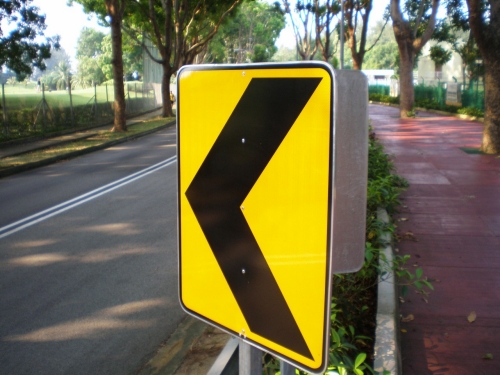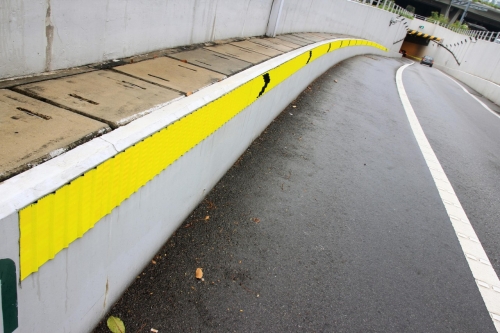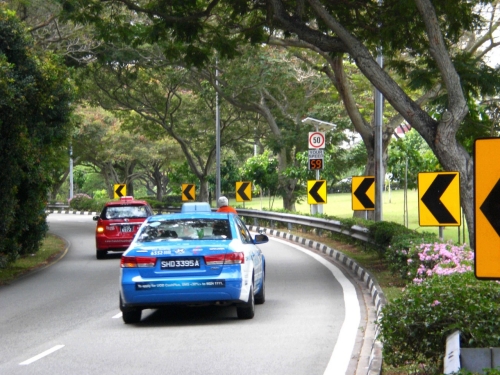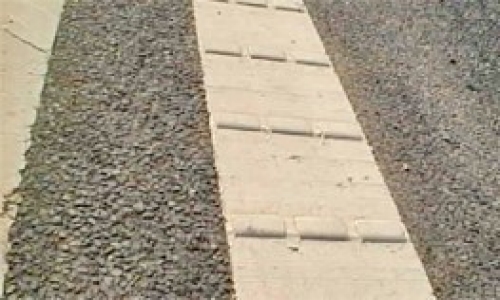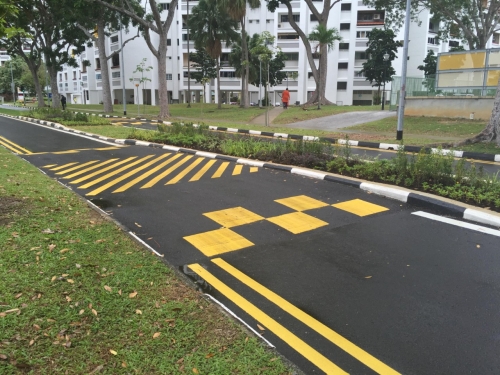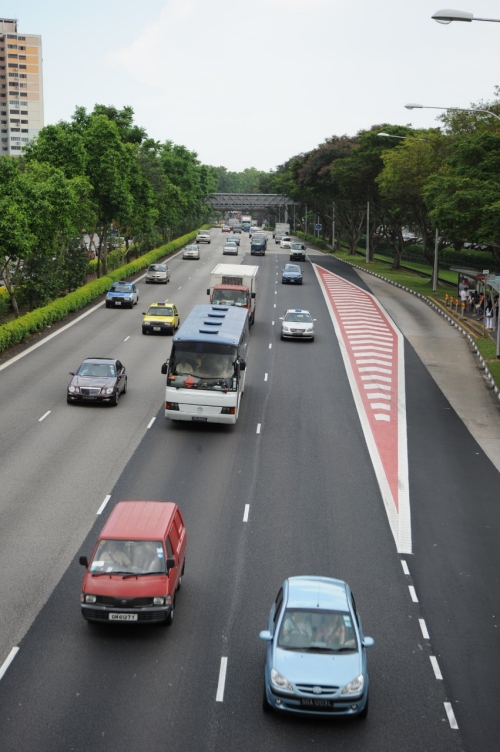Road safety is a collective responsibility, with each individual road user playing a crucial role in ensuring the safety of our roads. You can discover more about these road safety initiatives implemented on the roads.
At a Glance
Understanding road safety |
Safety features on our roads help you stay safe on your journey:
|
Keeping the roads safe |
You can do your part to keep our roads safe. If you see any defects or obstructions on the roads, report them to LTA. |
Find out more |
Understanding Road Safety
Being a responsible motorist is more than just following the rules. You can prevent accidents by driving carefully, especially around special zones such as School Zones and Silver Zones.
Our roads and traffic systems have safety features to help you stay safe on your journey. Below are several safety features you should pay attention to.
School Zones
School Zones are specially demarcated areas fronting a school, with the intent to help create a safer road environment for school-going children.
School Zone refers to any part of a road that is near a school and in between School Zone start and end signs.
Lower speed limits in School Zones help create a safer road environment for school-going children. From 1 January 2026, lower speed limits for Enhanced School Zones will apply throughout the day instead of specific periods, such as during school arrival and dismissal times. These changes are part of our ongoing efforts to create a safer environment for students, regardless of the time of the day. Always adhere to posted speed limits when driving through School Zones.
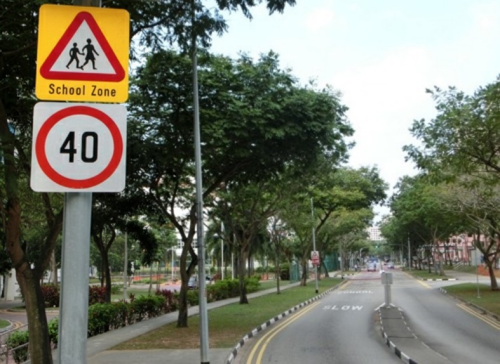
Additional traffic measures may be implemented in School Zones to further enhance road safety, including:
- Traffic calming measures such as road humps and speed regulating strips
- Signalised at-grade crossings
- Parking restrictions
- Railing to deter jaywalking
Please refer to the MHA website for details of the composition fines and demerit points for offences committed in School Zones.
Enhanced School Zone
Silver Zones
Silver Zones are areas with enhanced road safety measures aimed at enhancing road safety for the elderly and other pedestrians. Besides reducing the speed limit to 30km/h or 40km/h, the design of such zones makes use of a two-pronged approach that encourages slower and more attentive driving behaviour, and enhanced visibility and connectivity for pedestrians on the roads. Traffic calming measures help to keep vehicular speeds low, giving motorists more time to react to any pedestrians crossing or about to cross the road. Silver Zones also enhance and create more designated crossing spots to make it safer and more connected for pedestrians.
Silver Zones are found in selected housing estate with high senior populations, relatively higher accident rates involving seniors and nearby to senior amenities.
Given Singapore’s aging population, prioritising road safety for everyone to achieve a ‘Vision Zero’ environment is a key commitment outlined in the Land Transport Master Plan 2040. With the successful 30km/h Silver Zone trial in 2020, we are progressively implementing more Silver Zones with 30km/h speed limit.
Silver Zone Gateway
Two-Stage Crossings
Chicane
Roundabouts
Low-Height Centre Divider
Raised Junction
Wider Lanes for Linear Bus Stops
Silver Zone Bollards at Crossings
Arm Rests at Bus Stops
Anti-Slip Drain Covers
Extended Time for Green Man Signal
Community Space
Zebra crossings
"LOOK" markings
Raised zebra crossing
Pedestrian Crossing Ahead Markings
“Give Way to Pedestrians” sign
Lighted road studs
Dashed pedestrian crossing lines
Flushed LED road studs
Advance Warning Lights
Light Emitting Diode (LED) traffic lights
Right-turning pockets
Spring-loaded posts
Safety bollards
Crash cushion
Curve alignment markers
Waveline
'Your Speed Sign'
Traffic calming markings
Profile Thermoplastic Road Markings
Bus-friendly hump
Enhanced chevron zone (ECZ) at expressway bus stops
Public Street Lighting
Currently, street lights operate based on seasonal sunrise and sunset timings. During inclement weather, motorists are advised to switch on their vehicle headlights to enhance visibility.
With the implementation of the Remote Control and Monitoring System (RCMS), street lighting operations are now more responsive. The system enables operating hours of street lights to be adjusted during inclement weather when required. RCMS also provides automatic fault detection, allowing maintenance works to be carried out more promptly and efficiently.
LTA Street Lighting Guidelines
LTA Street Lighting Drawings (Part 1)
LTA Street Lighting Drawings (Part 2)
Keeping the roads safe
Reporting road defects and obstructions
All road users share public road facilities such as bus shelters, footpaths, pedestrian overhead bridges and linkways. LTA, National Parks Board (NParks), Public Utilities Board (PUB) and National Environment Agency (NEA) maintain these facilities regularly.
Help to keep road facilities in good condition by reporting any defects or obstructions, such as:
- Road defects e.g. potholes
- Faulty traffic lights
- Faulty street lights
- Obstructions on public roads or footways
It is an offence to place articles on public roads and footways that obstruct the passage of road users and pedestrians. Such articles include skip bins, goods displays, tables and chairs, etc.
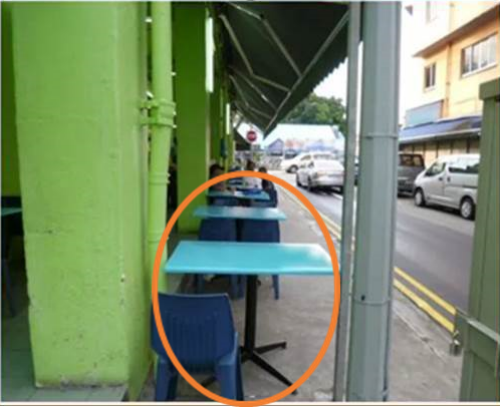
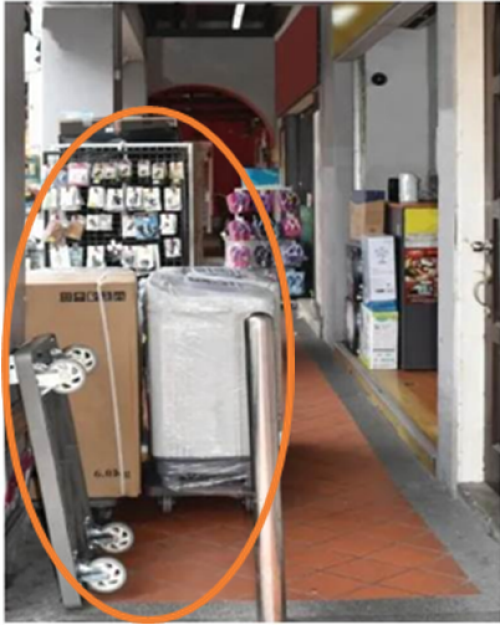

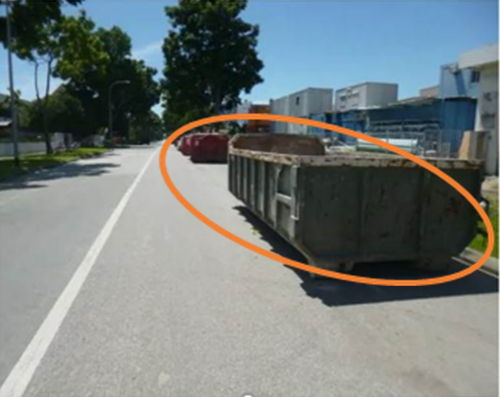
Black Spot Programme
The Black Spot Programme targets locations with a high incidence of accidents to improve road safety. It follows the recommended best practice in Road Safety Engineering to identify and prioritise engineering measures to make our roads safer. Similar programmes have been carried out with positive results overseas, such as in the United Kingdom, Australia and New Zealand.
When a location is identified as a black spot, it is closely monitored and reviewed to improve road safety there. It usually takes at least three years to measure the effectiveness of schemes implemented under the Black Spot Programme. If the location shows a statistically significant reduction in accidents, it will be taken off the black spot list. Since the Black Spot Programme was introduced in 2005, LTA has successfully treated and removed 5 to 10 locations every year from the list.
While LTA seeks to continuously improve road safety through traffic engineering measures, road safety is still a shared responsibility. It can only be achieved if road users observe traffic rules, and take responsibility for their own safety as well as for the safety of other road users.
LTA's efforts in road safety have garnered it the Edmund R. Ricker Transportation Safety Council Award (Organization) by the US-based Institute of Transportation Engineers (ITE) in August 2011.
Black Spot Treatments
Example 1: Controlled right-turn at Moulmein Road/Newton Road/Thomson Road
Monitoring period: 36 months
Number of accidents: 19 (before treatment); 7 (after treatment)
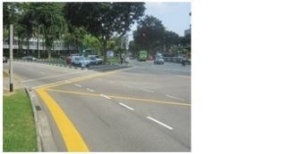
Before: Permissible filtering for right-turn
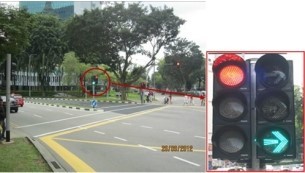
After: Fully-controlled right turn (red-amber-green arrows)
Example 2: Geylang Road (Bet Lor 21 Geylang & Aljunied Road/Lor 20 Geylang)
Monitoring period: 36 months
Number of accidents: 33 (before treatment); 8 (after treatment)
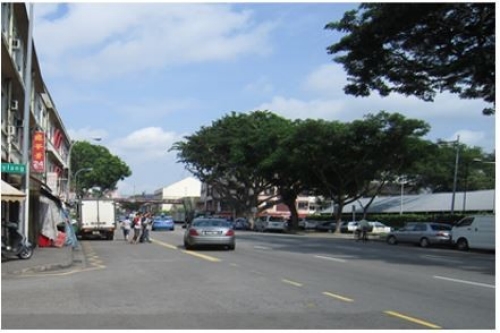
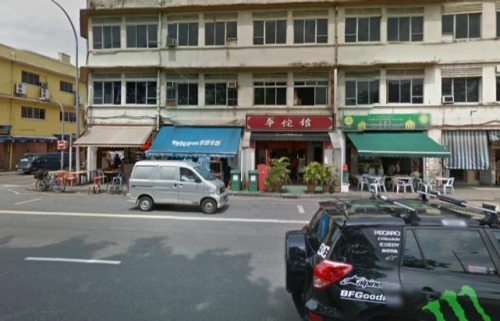
Before: Pedestrians frequently jaywalk in this area across the 5-lane road
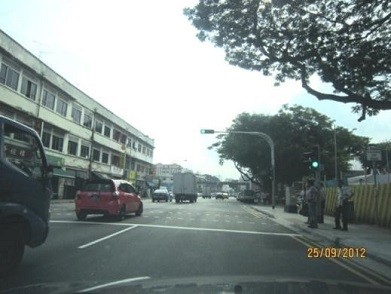
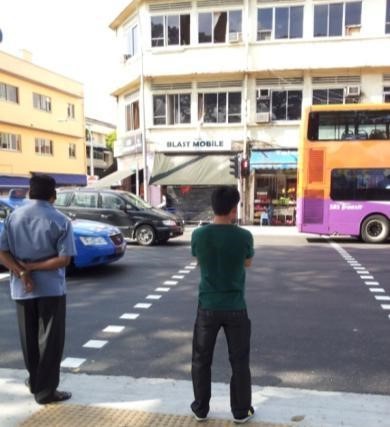
After: Signalised pedestrian crossing installed near Geylang Lorong 20
Find out more about road safety
Learn more about road safety measures employed by LTA on lta.gov.sg







